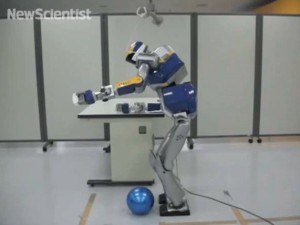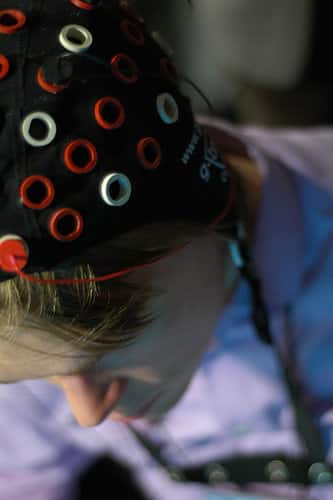Most contemporary microchips are able to transfer data only in two dimensions. They can either pass information from left to right or from front to back. Scientists at Cambridge University now intend to change that as they have successfully created the first ever 3D microchip.
The notion of a 3D microchip essentially rests on the idea of creating a chip that comprises of multiple layers rather than a single layer. In order to create such a chip, the scientists made use of cobalt, platinum and ruthenium atoms in conjunction with a silicon chip. The additional material was essentially made to create a club sandwich around the basic silicon chip.
Cobalt and platinum were used because they are able to store digital information in a fashion similar to that of a regular disk drive. The ruthenium atoms are messengers or transitory entities which allow the information to pass between two neighboring layers of cobalt and platinum.
The scientists then utilized a laser technique, MOKE, to see the transfer of data take place between multiple layers of the 3D chip they had created. For now, the scientists have successfully demonstrated a basic structure of a 3D microchip but there’s still a long way to go before such chips could become commercial.
According to the lead researcher of the study, Professor Russell Cowburn, “Each step on our spintronic staircase is only a few atoms high. This is a great example of the power of advanced materials science. Traditionally, we would use a series of electronic transistors to move data like this. We’ve been able to achieve the same effect just by combining different basic elements such as cobalt, platinum and ruthenium. This is the 21st century way of building things — harnessing the basic power of elements and materials to give built-in functionality.”
To be clear, these scientists insist that when the call a microchip 3D, they mean it in terms of data transfer. In other words, a 3D microchip supports passing digital information from front to back, left to right and up to down.
Source: University of Cambridge
[ttjad keyword=”processor”]




